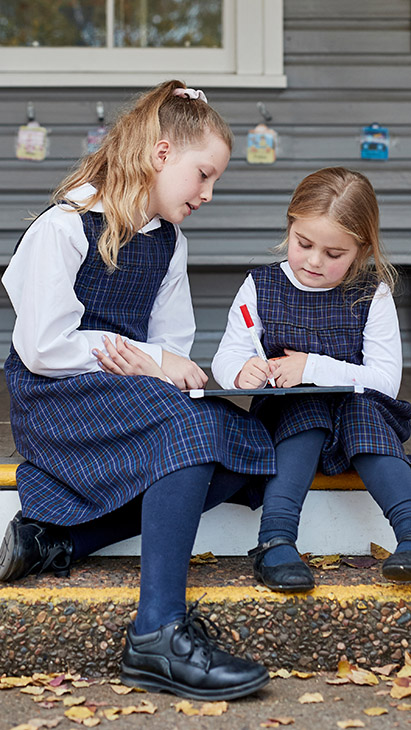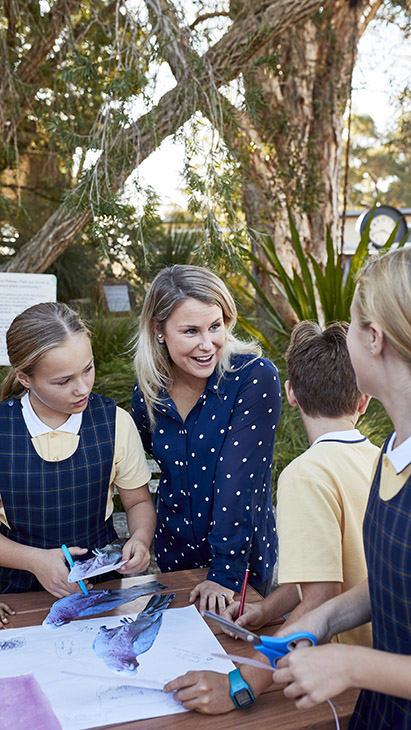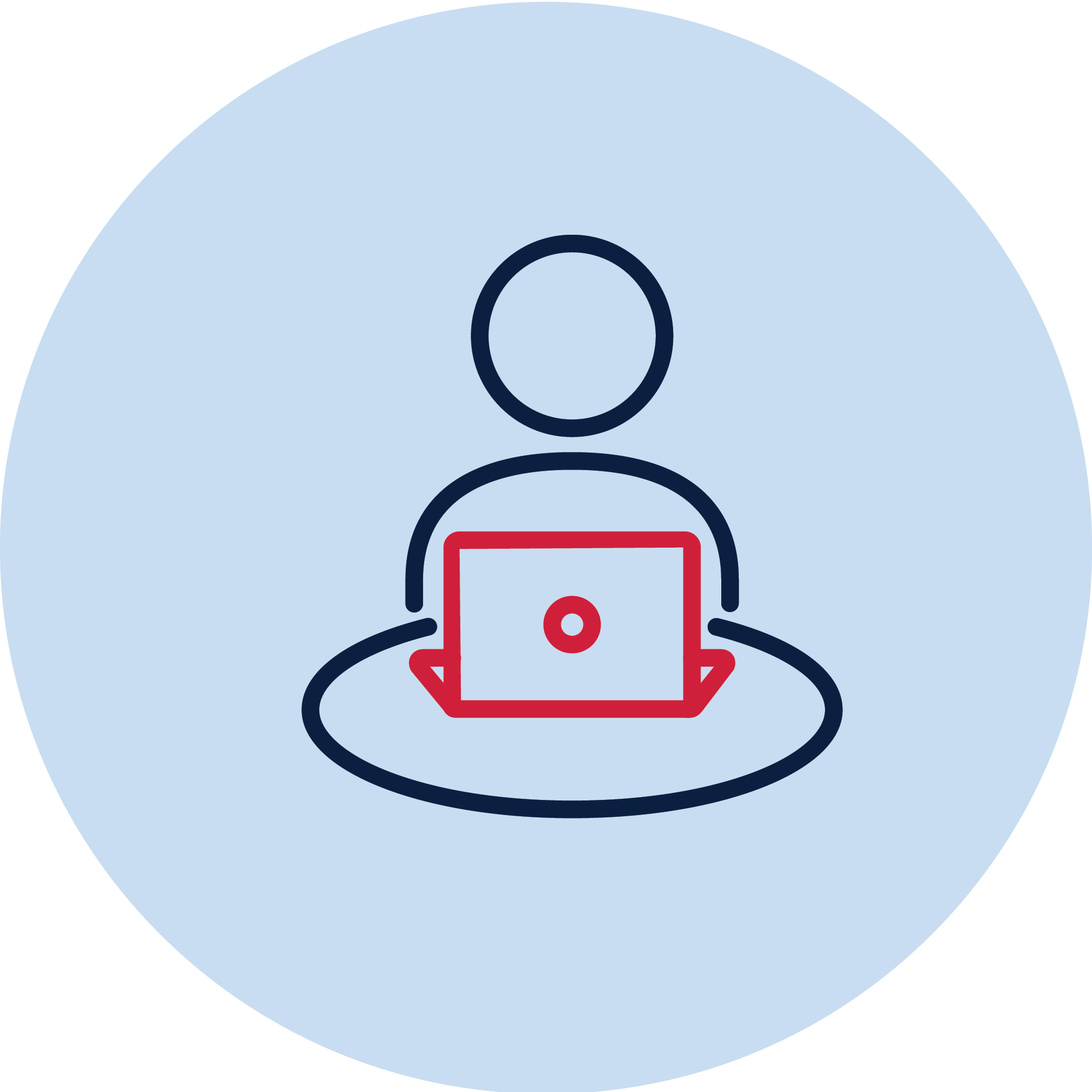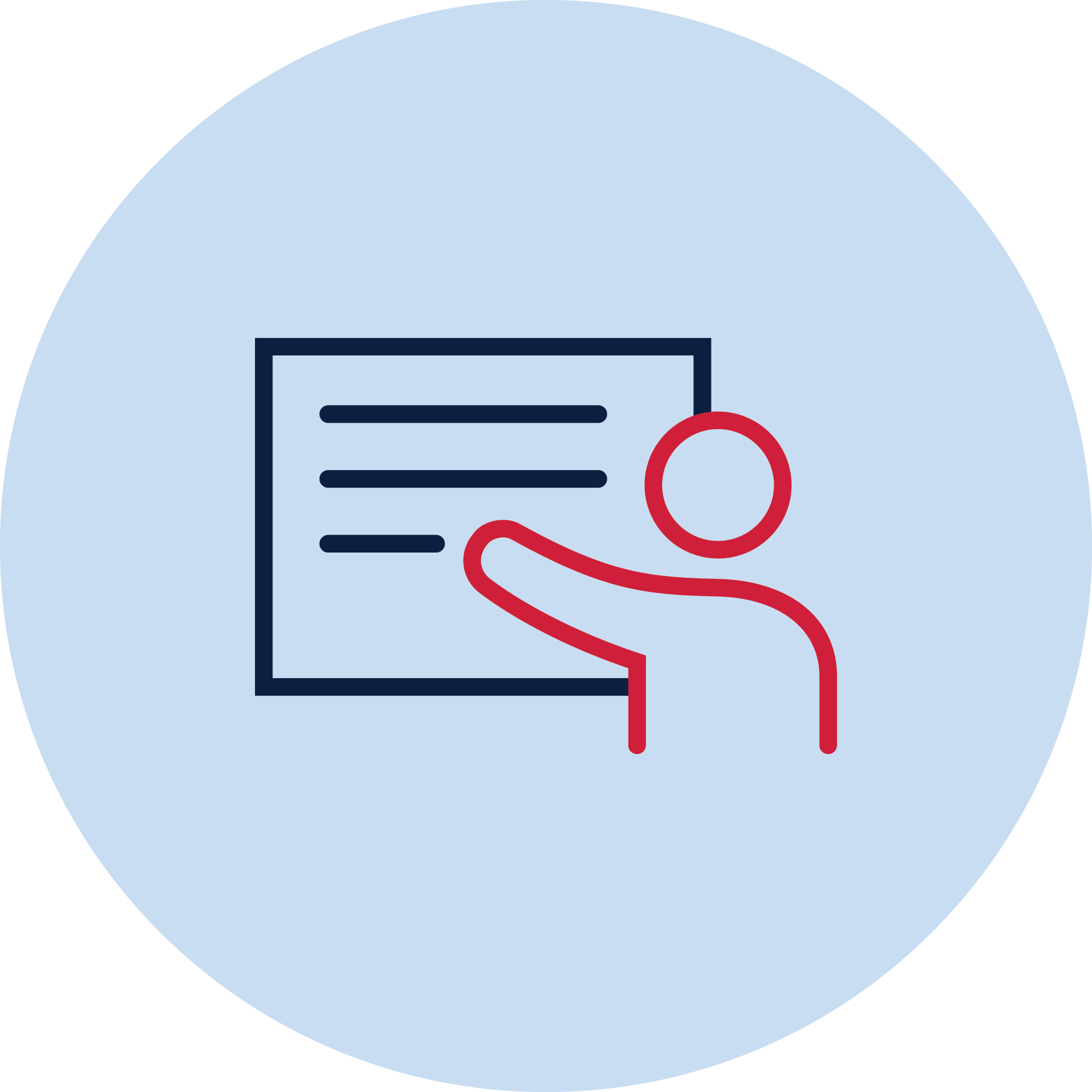Transition to primary school
Transition from an early childhood education and care setting to a primary school
Planning the transition
Schools and teachers can help a child make a positive start to primary school by reading and actioning key information from a child’s Transition to School Statement. The Transition to School Statement gives a snapshot of a child’s strengths, perspectives, and personality. The Statement will also indicate whether the child is supported by another service or specialist relating to their learning and development. The Statement complements other transition activities, such as information and orientation sessions, school preparation and family engagement.
Schools and teachers can use the Educators Guide to the Transition to School Statement NSW to interpret the information provided by early childhood education and care settings in each child’s statement. The guide helps link the Early Years Learning Framework to the Early Stage 1 Syllabus in kindergarten so that teachers can better understand each child’s learning and development.

Collaboration
A strong collaboration between families, the early childhood education and care setting, and the school, can facilitate positive transitions. Where appropriate, other key stakeholders, such as speech pathologists or occupational therapists, can also be asked to collaborate throughout transition planning.
Key considerations when partnering with families and other key stakeholders including working out what additional support might be needed to inform adjustments the school needs to make so that a student with disability can fully participate in all aspects of school life.
These may include making changes to the buildings and classrooms (for example, adding ramps or creating quiet spaces), providing assistive devices and furniture (for example, providing specialised tables or desks) or allowing students to use specialist software and personalised computer settings (for example, software for writing and translating Braille).

Personalised Learning and Support planning and Personalised Learning Pathways for Aboriginal students
The school will work collaboratively with the early childhood education and care setting, families or carers, the school counsellor and the Learning and Support Team to plan supports (or for Aboriginal and Torres Strait Islander students, a Personalised Learning Pathway). Developing goals and strategies together means everyone will likely have more commitment to them and they will be tailored to the individual needs of the child.
The support planning process should identify a child’s educational strengths and abilities and sets up strategies to support their learning. To do this, teachers, educators and parents or carers share information about the student’s strengths and interests as well as strategies that have worked well with the child in the past. It is important that the child can have input into their Personalised Learning and Support Plan, and let their new teachers know about their likes, dislikes, favourite pastimes and hopes for the future. Be sensitive to cultural and language differences. Check that the family or carers are comfortable with all aspects of the learning and support plan.
Some parents/carers may not wish to disclose their child has a disability, or they may not be aware of it as yet. If you notice a child needs extra support in your classroom you can obtain guidance from the Learning and Support Team.
Supporting a child with the transition
A child with a disability may feel anxious about the upcoming changes. Below are a few strategies for teachers that may help a child with the transition:
Consider a child’s strengths and abilities when planning orientation activities
Plan activities that all children can fully participate in. Some key considerations might be:
- ‘Do activities allow a child who has physical disability or who is blind or low vision to join in?’
- ‘Have we included small groups or pairs for children who become anxious in large groups?’
- ‘How can we manage noise levels on the day?’
Support a child with separation anxiety
Children with separation anxiety become upset when separated from family members, such as at morning school drop off. Separation anxiety can be more severe in children with disability. If a child has previously had challenges with separation, early planning for how to manage separation when they start school can help.
- Visit our anxiety page for evidence-based strategies for separation anxiety
- Talk with the child’s family to come up with suitable solutions for the child and their family
- Consider any teaching strategies or recommendations in the child’s transition to school statement.
Direct parents and carers to available resources
Direct parents and carers to available resources to support a child’s home learning environment and improve family engagement. These include:
- School stories - these stories show a child what happens at school. This helps them feel confident about new situations they may encounter. You could also read the stories to the students during transition activities and give them the ‘colour-in’ covers as an activity or take-home item.
- Daisy's First Day – a children's book about Daisy the koala on her first day at primary school.
- Getting ready for primary school – a school readiness checklist, useful preparation activities and information about what to expect at school.
- Starting school – information on when children should start school, orientation day and helping your child feel prepared.
- Links to family resources, including animations and learning outcome cards.

Incorporate play-based learning and principles
Play-based learning environments can help ease children into the new school routine. Learning outcomes for young children are higher in play-based primary school programs in comparison to learning outcomes in direct-instruction approaches. Using play-based learning environments creates spaces where students can explore, be curious, and be creative.
Transitions from a primary school to a new primary school
Many of the strategies that can help a child transition from an early childhood care and education setting to primary school will also be relevant for transitioning between primary schools, including collaborating with key stakeholders, creating a Learning and Support Plan, and supporting a student with the transition.
A student with disability may feel anxious about the upcoming changes. Some may be anxious about changes to routines and friendships, particularly if the change is occurring part-way through the school year. Below are a few additional strategies for teachers that may help a student with the transition:
Tell students what doesn’t change
Highlight the similarities between their former school and new school so that they feel confident they already have some of the skills they will need.
Provide visual supports
Visual supports such as photos of school buildings, maps, photos of teachers and staff, checklists and visual timetables may be helpful for some students.
Consider a peer buddy system or a safe person or space for students
Peer buddies can provide social support, in addition to a safe person or place that a student can access when they need support.

School Excellence Framework alignment
Wellbeing
Australian Professional Standards for Teachers alignment
Standard 1: Know students and how they learn
Audience
Primary teachers, preschool educators
Purpose
This guide incorporates strategies and resources to support students in their transition to primary school. It includes links to relevant resources and considerations for planning and orientation.
Reviewed
November 2021. Share your feedback here